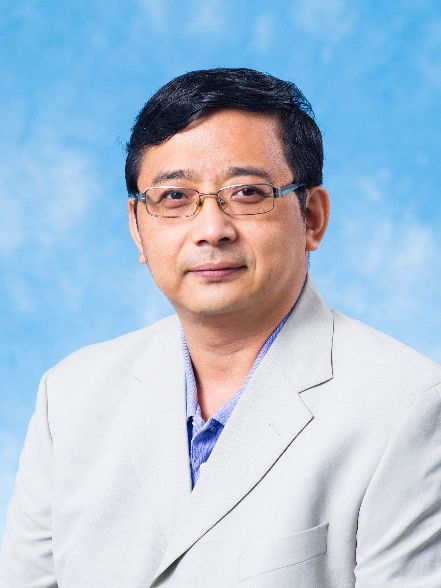Keynote Speaker
Biography
Wenjun Zhang obtained his Doctor of Philosophy degree in 1994 from Lanzhou University. He was a postdoc at the Fraunhofer Institute for Surface Engineering and Thin Films (1995 to 1997) and at the City University of Hong Kong (1997 to 1998). From 1998 to 2000, he worked as a Science and Technology Agency Fellow at National Institute for Research in Inorganic Materials. He joined CityU in 2000 again as a Senior Research Fellow. He is now a Chair Professor in the Department of Materials Science and Engineering and the Department of Chemistry, the director of the Center Of Super Diamond and Advanced Films (COSDAF), and the associate director of Hong Kong Institute for Clean Energy. His research focuses on thin film technology, surface and interface engineering, and nanomaterials and devices. He received the Japan Society of Applied Physics (JSAP) Best Paper Award in 2002, the Friedrich Wilhem Bessel Research Award of Alexander von Humboldt Foundation, Germany, in 2003, the Outstanding Research Award of CityU in 2015, and President’s Award in 2019. Prof. Zhang is also the Visiting Professor in Siegen University, Germany, Cuiying Guest Professor (萃英讲席教授) in Lanzhou University, Guest Professors in National Yang Ming Chiao Tung University, Soochow University, Hefei University of Technology, Technical Institute of Physics and Chemistry (CAS), and Shenzhen Institute of Advanced Technology (CAS).
Applications of Plasma Technology in Electrochemical Energy Conversion and Storage Materials
Wenjun ZHANG
Abstract
A plasma is a partially ionized gas, which is one of the four fundamental states of matter. The rich energetic species in plasmas enable them to be employed as a powerful tool for material synthesis, ranging from thin films to nanomaterials. The materials prepared with the plasma-enhanced techniques show some distinctive features, e.g., novel structure, improved efficiency, and defect control. Plasma technology may also facilitate reactions which are difficult for normal thermal approaches and reduce the growth temperatures. In this talk, the applications of microwave plasmas in the synthesis and modification of several nanomaterials such as diamond nanostructures, 3D vertical graphene arrays, and heterocrystalline and bicrystal ZnS nanowires, and their related properties, will first be introduced. Then some recent advances in the use of plasma technology in preparing nanomaterials for electrochemical energy conversion and storage applications will be discussed.

